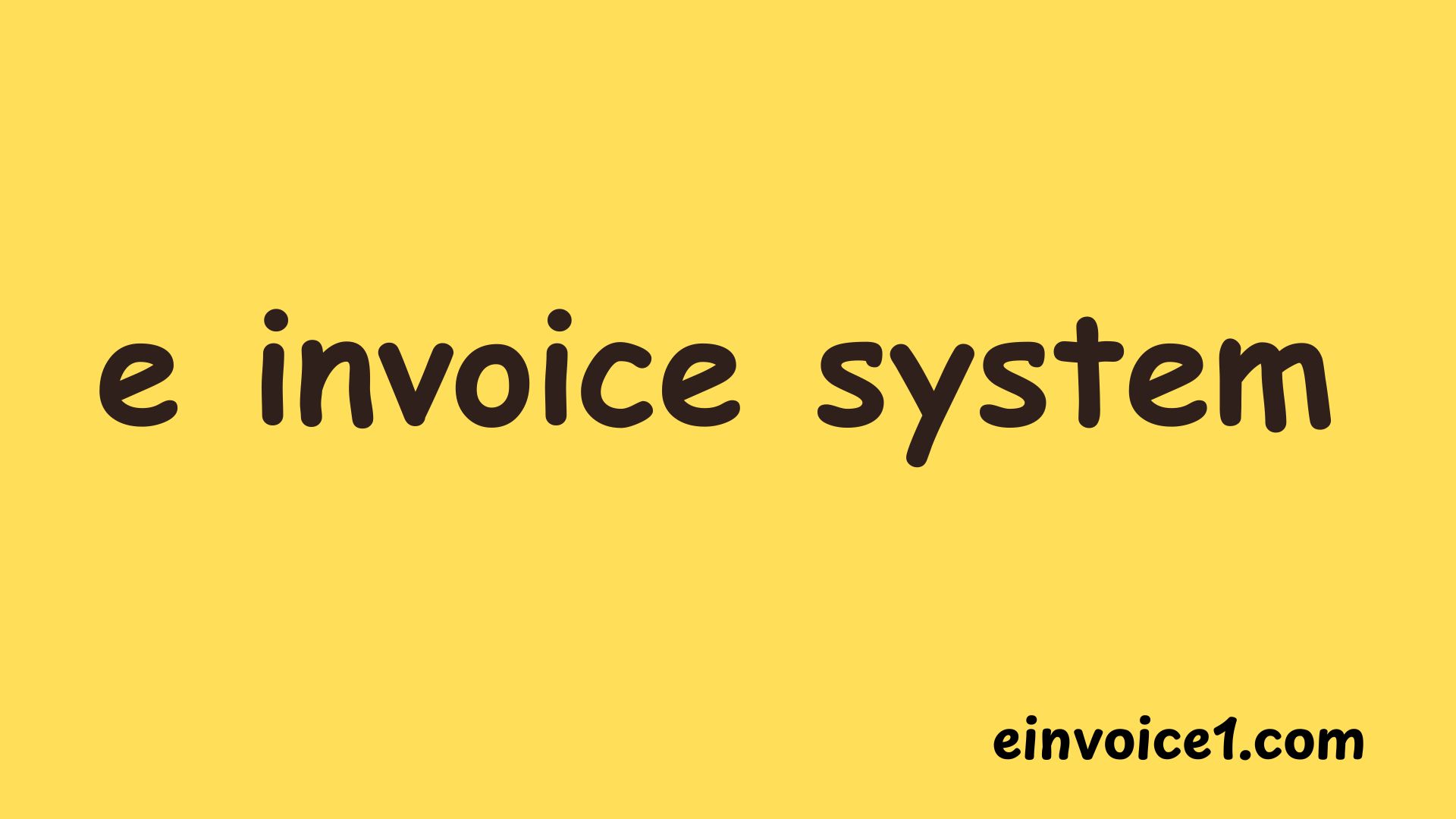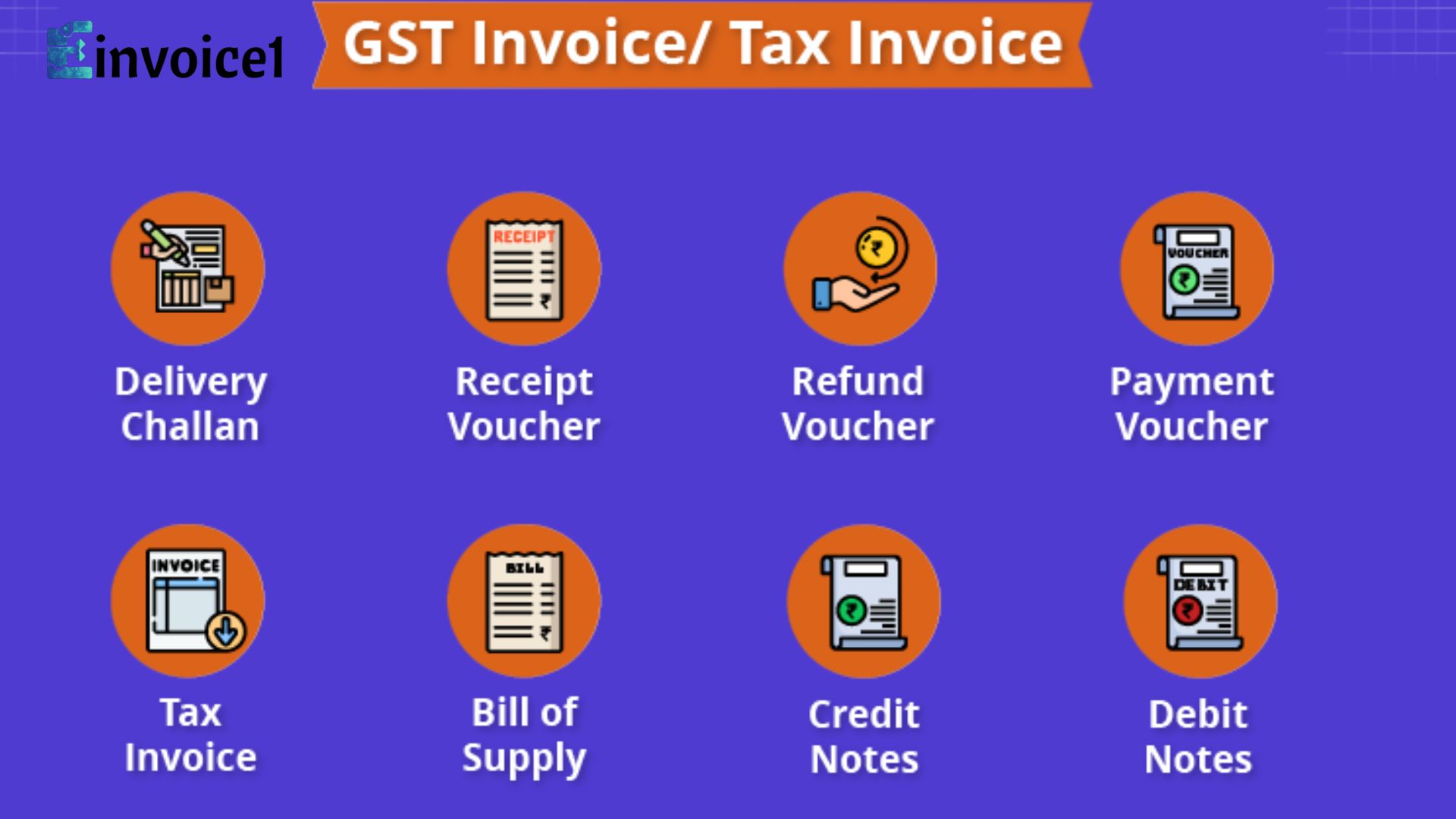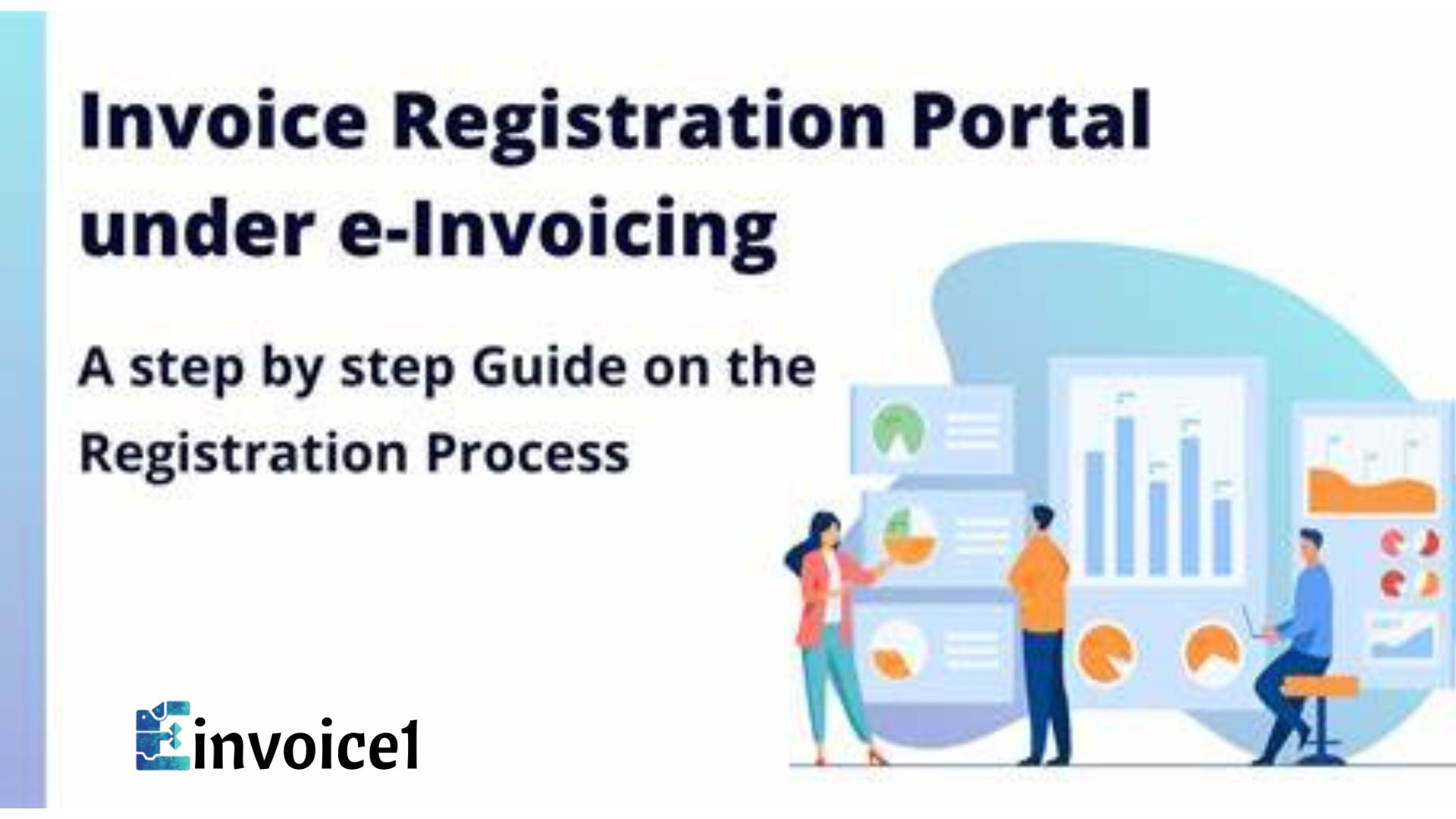In the constant hustle and bustle of contemporary enterprise, a back office management process such as invoicing may feel like the ball and chain keeping you behind instead of working with the clients and your business development. The old fashioned approach of making, printing, stuffing, mailing and tracking the physical invoices by hand is not only time consuming and costly, but the process is also error prone. The electronic invoice system provides a strong solution and game changer to the world of business and commerce of all size. An e invoice system is more than just sending a PDF via email; it’s a comprehensive, integrated approach to managing the entire accounts receivable process digitally. By automating this most important financial task, businesses can realise new levels of efficiency, achieve better cash flow and reinforce their professional image. When it comes to invoicing, the paper-to-digital transition is no longer a pipe-dream of the few, but a strategic imperative of every company aiming to compete and succeed in a digitalized economy. Waiting on paper checks to appear in the mail and spending valuable hours reconciling payments is also in the past, so it is time to consider how you can use this technology to save time and also make payment security a part of your business strategy.
What Exactly Is an E Invoice System?
An e invoice system, at its core, is a technology platform that allows businesses to generate, send, receive, process, and pay invoices electronically in a standardized digital format. There is a great difference between sending a PDF invoice via email and a real e-invoicing system. A PDF can be little more than a digital representation of a print version of an invoice, still needing to be manually entered into the systems of a recipient. A true e-invoice, though is structured data. It is created in a standard format (such as UBL, XML or PEPPOL) and is automatically and directly fed into the buyer Accounts Payable (AP) system without needing any manual intervention. It is this end-to-end automation that results in the revolutionary increase in efficiency.
A well-placed system should have a secure cloud-based portal where invoices can be created, an automated delivery system through email or direct network connection, online payment processing around, like a gateway and automated reminders to ensure outstanding invoices are met with. Moreover, these systems use a centralized dashboard to monitor invoice status in real-time, i.e. to be sent as invoice status’ status to ‘viewed status’ status to to the ‘paid status’ and provides unmatched visibility on the financial pulse of your company.
The Major Advantages of Moving to an Electronic Invoicing Solution
The advantages of implementing an e invoice system extend far beyond simply saving on paper and postage. The most direct and significant advantage is a significant increase in the cash flow situation. Electronic invoices are received instantly and can be paid with a single click and can reduce the time taken to pay the invoice by weeks or days. In a report presented by Billentis, e-invoicing has the potential of lowering the time to receive an average of 50 and 60 percent within a given period. The result of this acceleration leads to greater predictability on the income and working capital management of the businesses. Secondly, the automation considerably decreases the costs of operations. It has been observed that the cost to process a paper invoice ranges between 12 $ to 30$ whereas e- invoice only incurs a cost of 3.50 to 5.50$. This ultimately leads to these savings, which are achieved through decreased labour, postage, printing and storage expenses.
Increased Accuracy: Typographical errors, numbers that do not match are obvious when manually processing data, but are eliminated by automated data input.
Better Supplier Relations: Timely correct and professional work receive invoices makes doing business with you easier and pleasant.
Environmental Sustainability Making the business paperless is a major mood toward greener and more environmentally friendly business operation, which is more and more essential to the clients and companies one works with.
Enhanced Security and Compliance: Digital invoices are stored in a secure cloud environment with backup and encryption, which lowers the probability of loss or theft. They also provide an effective audit trail, that is clear and easy to practically access, which is of great value in complying with taxation rules and financial reporting regulations.
E-Invoicing vs. Traditional Paper Invoicing: A Clear Comparison
To fully appreciate the value of an electronic invoice system, it’s helpful to see a direct comparison with the old-fashioned method. The differences are stark and highlight why the digital shift is accelerating globally.
| Feature | Traditional Paper Invoicing | Modern E Invoice System |
| Delivery Time | 3-5 business days (mail) | Instantaneous (digital) |
| Cost per Invoice | $12 – $30 (including labor, materials, postage) | < $6 (often much less with scale) |
| Payment Cycle | 30-45 days on average | Can be reduced to 15 days or less |
| Error Rate | High (manual data entry) | Very Low (automated data exchange) |
| Tracking & Visibility | None; requires phone calls/emails | Real-time status updates (sent, viewed, paid) |
| Security | Low (risk of loss, theft, damage) | High (encryption, secure cloud storage) |
| Environmental Impact | High (paper, ink, transportation) | Minimal (paperless process) |
| Integration | None; manual reconciliation | Seamless with accounting software (e.g., QuickBooks, Xero) |
What to Consider When Selecting the E-Invoicing Platform to Use in Your Company
Selecting the best e invoice system requires careful consideration of your business’s specific needs and size. The needs of a solopreneur are, obviously, not those of a medium-sized manufacturing firm with hundreds of vendors. Begin with an evaluation of your underlying requirements Is it basic creation and sending, or full-automated payment reconciliation that you require? Some of the main characteristics you should seek are: lightweight, ease of use, ability to personalize to make your invoices look professional, automatic penalties in case of non-payment, as well as multi currency depending on your clients being international. The most important consideration may lie in the area of integration The system should be able to connect to your current accounting system (such as QuickBooks Online or Xero) without creating duplication of data or other complexities of multiple databases working together in order to keep the financials accurate. Security is not subject to negotiation: make sure that the provider applies high-quality encryption and adheres to data privacy policies such as GDPR. And lastly, pricing; most are charged by a subscription, usually on a monthly basis and will likely provide tiers depending on the number of invoices issued or clients handled. Most of them include a free trial, and this is a good option to check the user experience without buying.
An actual case study: A small digital marketing agency was fighting late payments. Their accountant was spending hours of each month to send follow-up emails in order to have their overdue invoices paid. Since they automated their reminder process completely by implementing a popular e-invoicing tool that integrated with their accounting software, they still use the same tool. The system e-mailed automated reminders 7 days, 14 days and 21 days after due date in a polite tone. Their average days sales outstanding (DSO) was reduced in one quarter, through 45 days to 22 days, which significantly improved their cash flow and allowed the accountant to spend time focusing on more valuable analysis.
Trends and Government Mandates of the Future of Invoicing
The trend of e-invoicing is moving towards an even more automated as well as regulated form. One of the most important trends in the world is the increase of government-mandated e-invoices, commonly known as Continuous Transaction Controls (CTC). Countries such as Italy, Mexico and Brazil have taken the lead and businesses are expected to send real-time invoices to government tax portals where they are validated. This is an increasing trend in Europe and in other regions. The forces behind these mandates are the fight against VAT fraud and the enhancement of tax compliance, or the ability to accurately measure the gap in VAT collection. For businesses, this means that adopting an e invoice system will soon become not just a choice for efficiency, but a legal requirement for operation in certain markets. In addition to being compliant, an automated financial ecosystem will operate to a much higher degree of integration within the rest of company infrastructure systems through API connections. AI and ML will take these platforms even further by predicting cash flow, automating the coding of expenses and anticipating the existence of potential disputes before they occur. The companies that take initiatives in adopting and adapting to such technologies will be in the best position to achieve smooth compliance and high financial performance.
Note: Upcoming e-invoicing regulations are subject to change so make sure you check with your national tax authority (such as the IRS in the U.S. or HMRC in the UK) to stay on top of tax legislation.
Conclusion
Transitioning to an e invoice system is one of the most straightforward and high-impact digital transformations a business can undertake. It automates and streamlines the tedious, error prone process of invoicing, shifting the process out of the administrative burden pool and into the strategic pool. The pluses are also rather tangible: a much faster payment, large-scale cost reduction, elimination of manual errors, and real-time access to financial health. Initial configuration is very often painless and fast, and cloud-based solutions are usually maintained with ease of use. The resulting payback is also obviou,s and the payback is usually high, which amounts to a wise choice on the part of the business owner or financial manager. With the shift of global trends aiming toward real-time reporting and electronic tax compliance, integrating this technology today future-proofs your business against any future regulatory changes. Do not limit the growth and cash flows with a slow and outdated process. The process begins by researching, taking free trials, trying out the process of automating your billing, and realizing how this frees up your most valuable assets, time and capital to get back to doing what you do best, running and growing your business.




